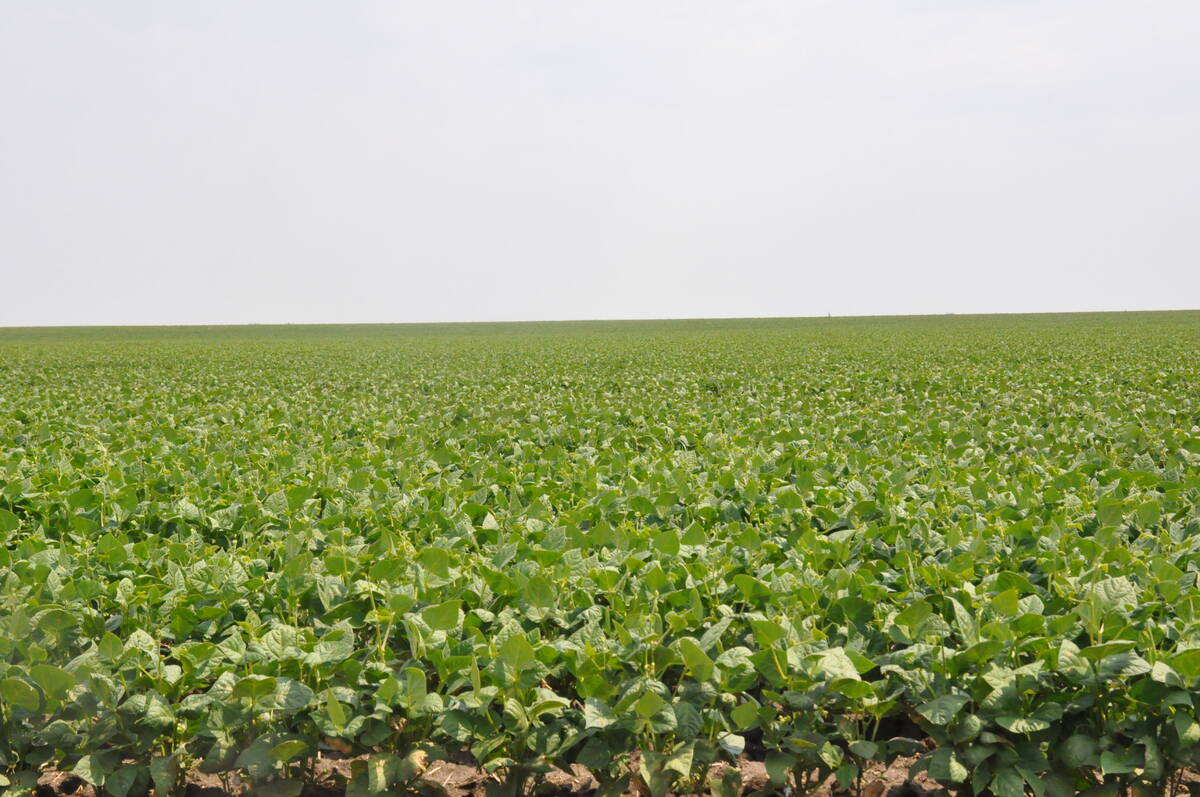Cattle shelters using living trees and pastures that simultaneously
produce wood and cattle are among opportunities for farmers in wooded
areas.
Parkland Agroforestry Inc. is a group of more than 30 farmers who are
exploring silvopasturing. This means the intensive management of trees,
forage and rotating cattle on the same tracts of land.
Barry Ortman, a consultant and farmer at Humboldt, Sask., is working
with the group, mapping out their land base, doing market assessments
and determining what projects might be possible.
Read Also

Coloured bean production down, whites are up
Bean prices have been slumping and the outlook is for more of the same.
“We have to look at what we have and see where we can get the best
economic return,” he said.
“We need to have some other avenues for managing the land,” said
Ortman, who would like to see a course developed to help Saskatchewan
farmers learn more about agroforestry practices.
One practice involves planting stands of fast-growing hybrid poplars
trees to protect animals against the weather.
Agroforestry encompasses agricultural and forestry practices and
includes growing these poplars and managing existing native tree stands.
“It looks at all the values there, not just relying on one species for
economic return,” said Ortman.
Farmers are looking for alternatives for their wood products instead of
relying on large lumber and paper mills, he said.
Agroforestry is practised around the world, but Ortman said groups like
Parkland Forestry in Canada are just starting to explore its potential.
Leroy Bader, extension agrologist with Saskatchewan Agriculture at
Tisdale, Sask., said there are few examples of agroforestry in the
province, but it is a growth area for farmers as wood becomes more
expensive and scarce.
Agroforestry is a good fit with farmers raising cattle in wooded areas,
he said.
Recent announcements supporting ethanol use in Saskatchewan will
further assist cattle and wood producers, he said. Ethanol can be made
from cellulose, wood pulp or crop residues like straw and wood fibre.
Ortman said the goal is to maintain the forest stand and get some
economic benefit for future generations.
“It’s not going to replace agriculture, but in certain areas it’s going
to be a good addition to farming operations,” he said.
The group hopes it might be rewarded one day for planting trees today
through the allotment of carbon credits under the Kyoto agreement.
Planting trees on marginal land is one way to take carbon out of the
air, said Ortman. Another is planting more shelterbelts to help Canada
meet its obligations to reduce greenhouse gases by six percent below
1990 levels.
The Shelterbelt Enhancement Program, a $4 million five-year program
administered by the Prairie Farm Rehabilitation Administration at
Indian Head, Sask., is part of the Canada Action Plan 2000 on climate
change.














